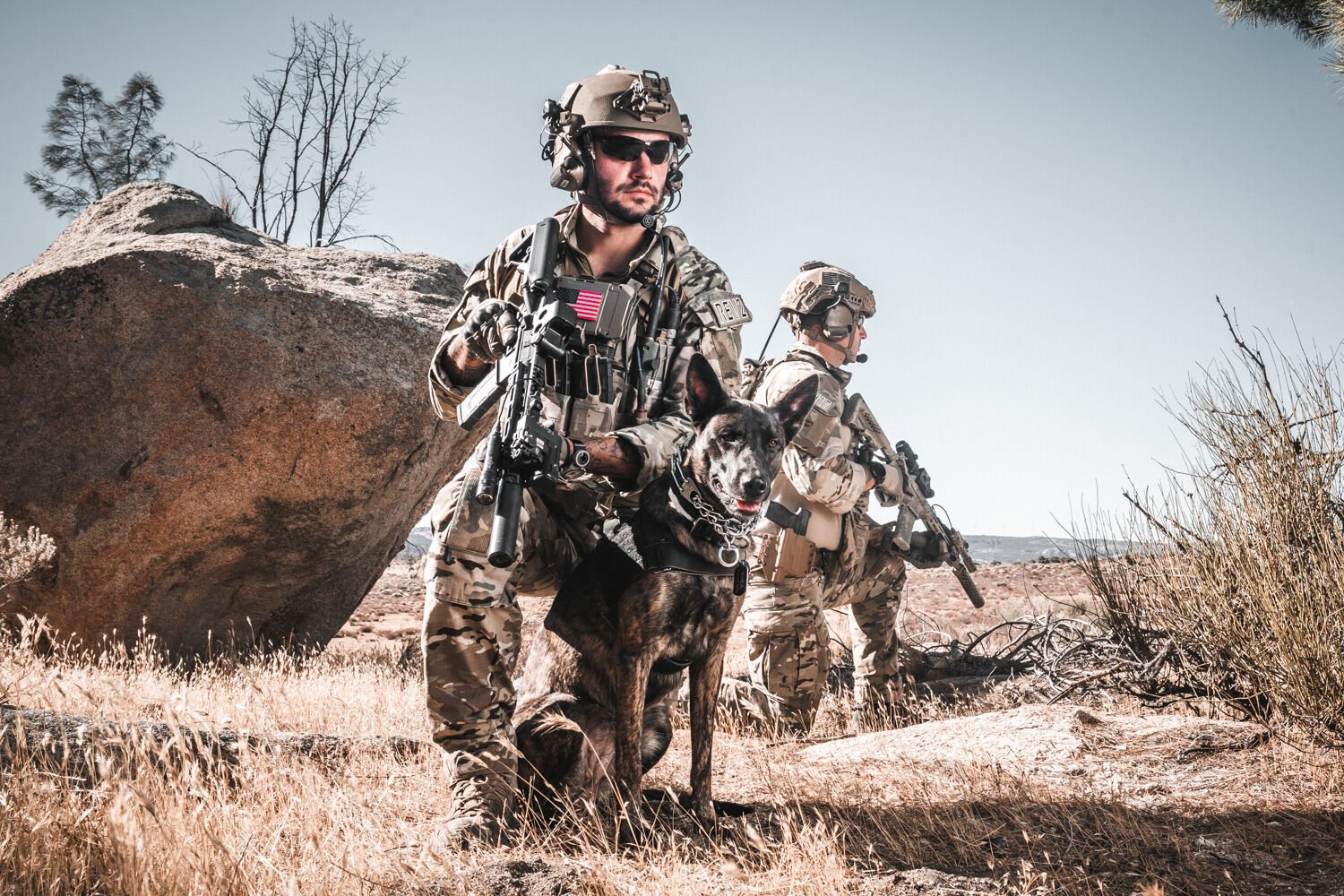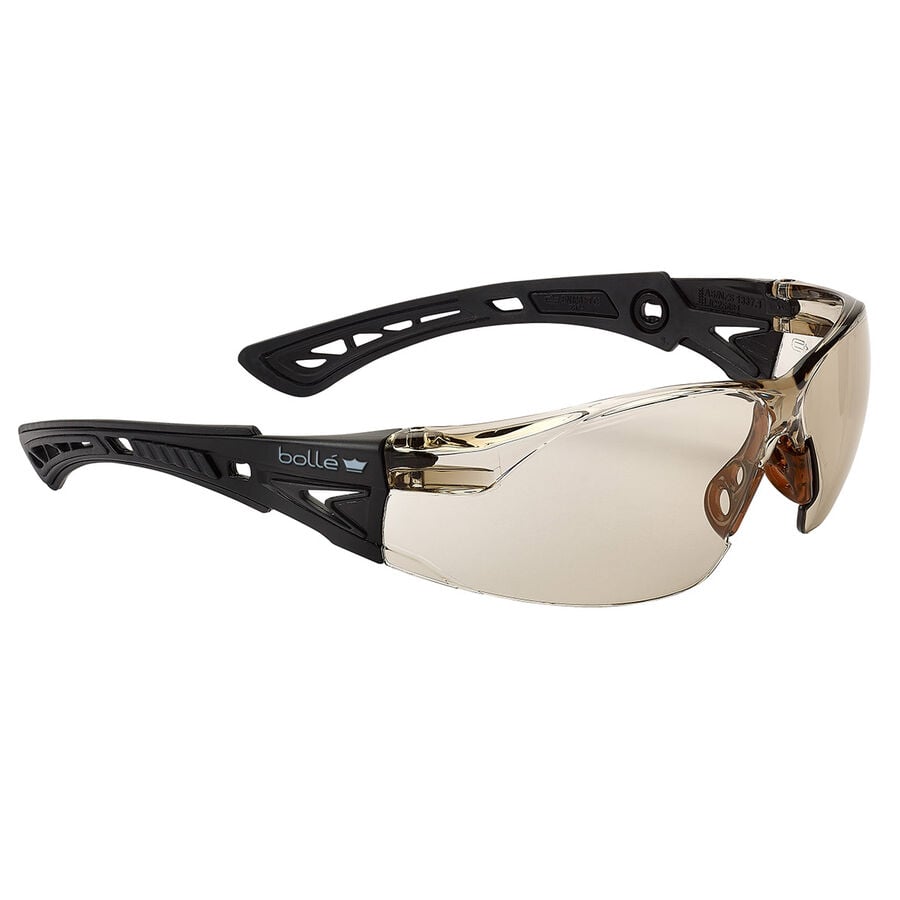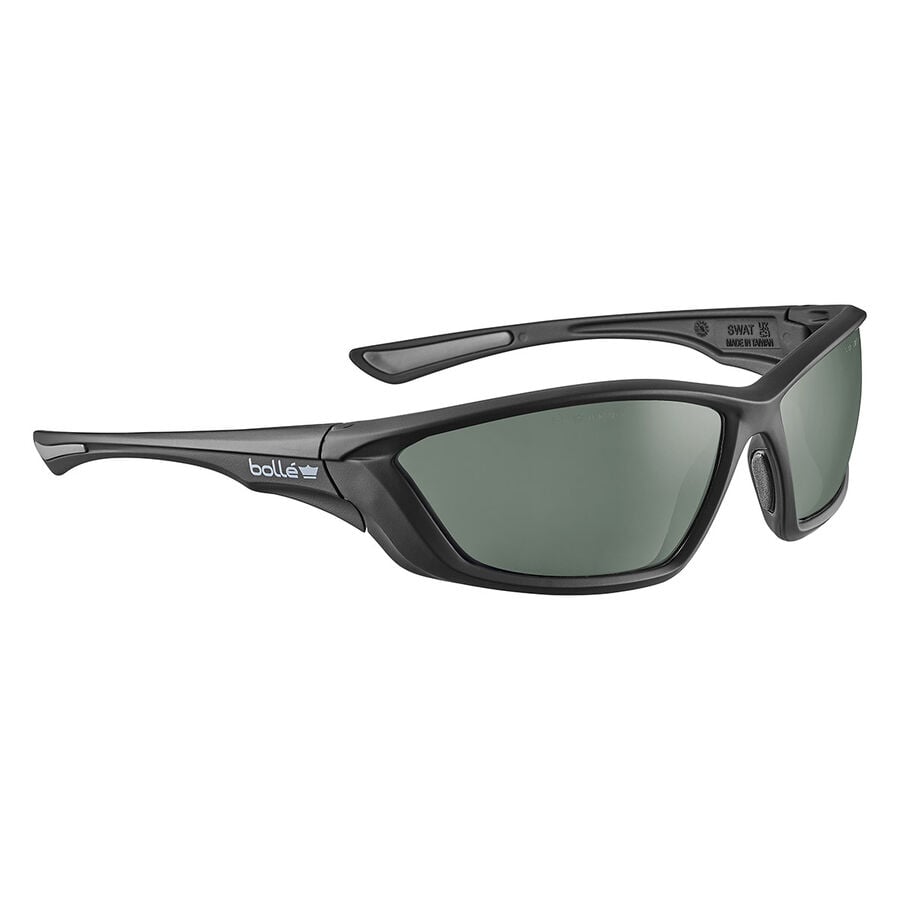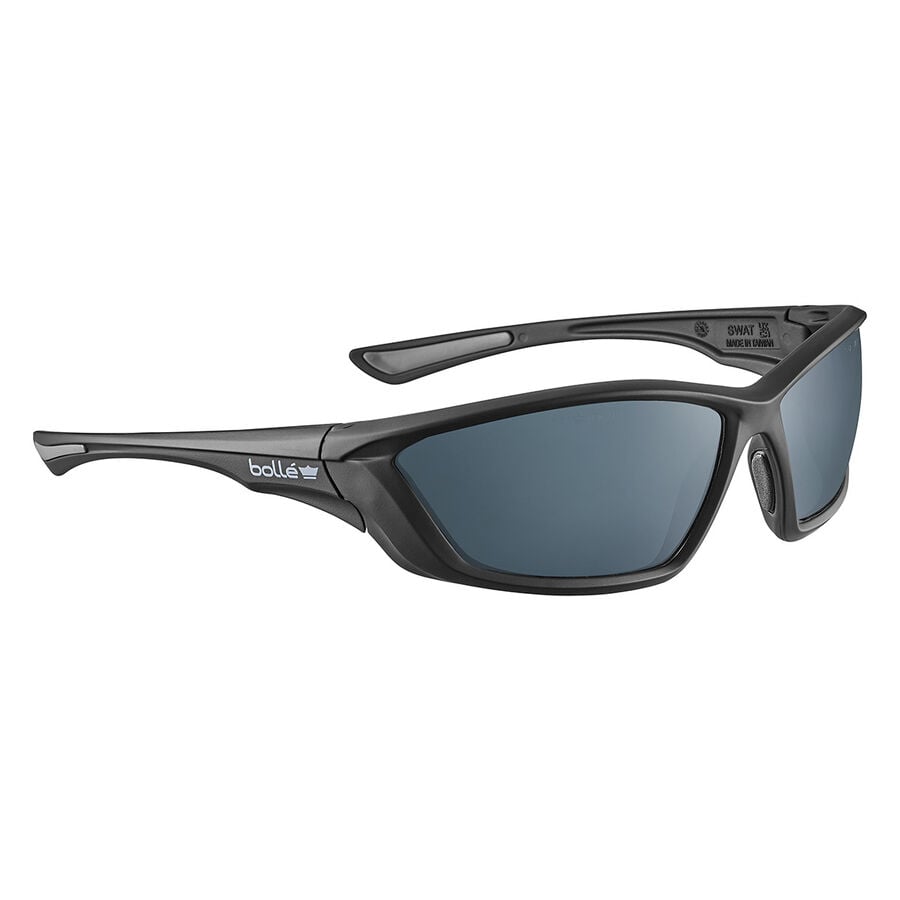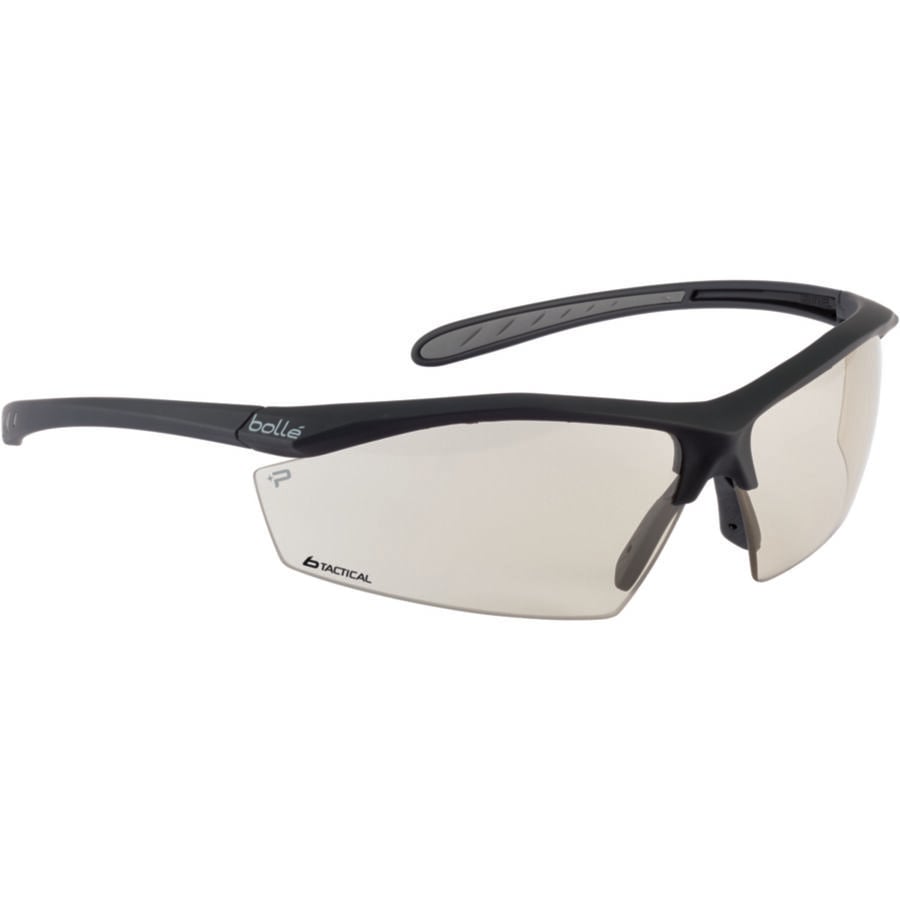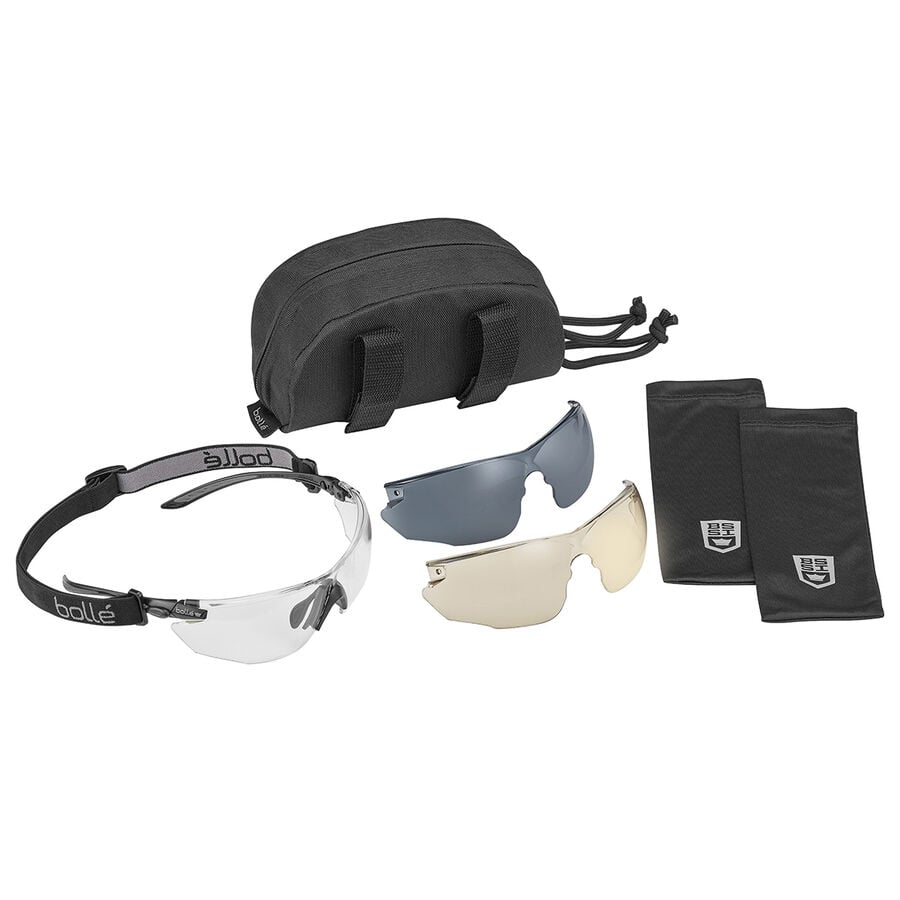Modern military missions have service members operating in desert climates with the blinding sun, blowing sand and dust, and the ever-present threat of improvised explosive devices (IEDs). Weapons like IEDs explode into tiny fragments, posing a destructive risk to the eyes of soldiers.
The US Department of Defense Eye Injury Summary reported that more than 270,000 eye injuries were sustained among active duty service members between 2000 and 2017. Most were deemed superficial -- meaning abrasions to the eye or foreign objects getting into the eye. Those enlisted in construction and craftwork were the most at risk, as were those serving in the Coast Guard.
Active duty military eye injuries were decreasing until 2014 but are rising again. Service members entering the military are provided with eye protection, yet the Department of Defense still spends over $2.28 billion dollars on eye injuries per year. Eye injuries compromise current and future mission effectiveness and can disable a soldier and end their career in the forces.
Protection from occupational and military eye hazards
For combat-level protection, ballistic eyewear standards must be met. Ballistics is the science of moving projectiles; ballistic eyewear protects against hazards such as fragments of projectile weapon munitions like bullets, unguided bombs, and rockets. There are only two international ballistic standards for eyewear: MIL, endorsed by the US Military, and STANAG, the Standardization Agreement for use in the thirty NATO countries.
Ballistic glasses, with wraparound protection, are an essential element of military combat eye protection. Tactical goggles provide superior protection in high-risk situations with explosive weapons, sand, and dirt. UV protection and colored lenses for specific environments provide added security and guarantee clearer vision in any situation.
When working in high-risk industries, such as construction, manufacturing, automotive repair, and healthcare, protective eyewear must meet country and regional occupational standards. These include such standards as ANSI Z87.1, the American National Standard, and EN 166, the European norm. Work-related eyewear protects against physical hazards, like dirt, and sand; chemical sprays; bloodborne pathogens; and high intensity heat, light and glare, among other hazards.
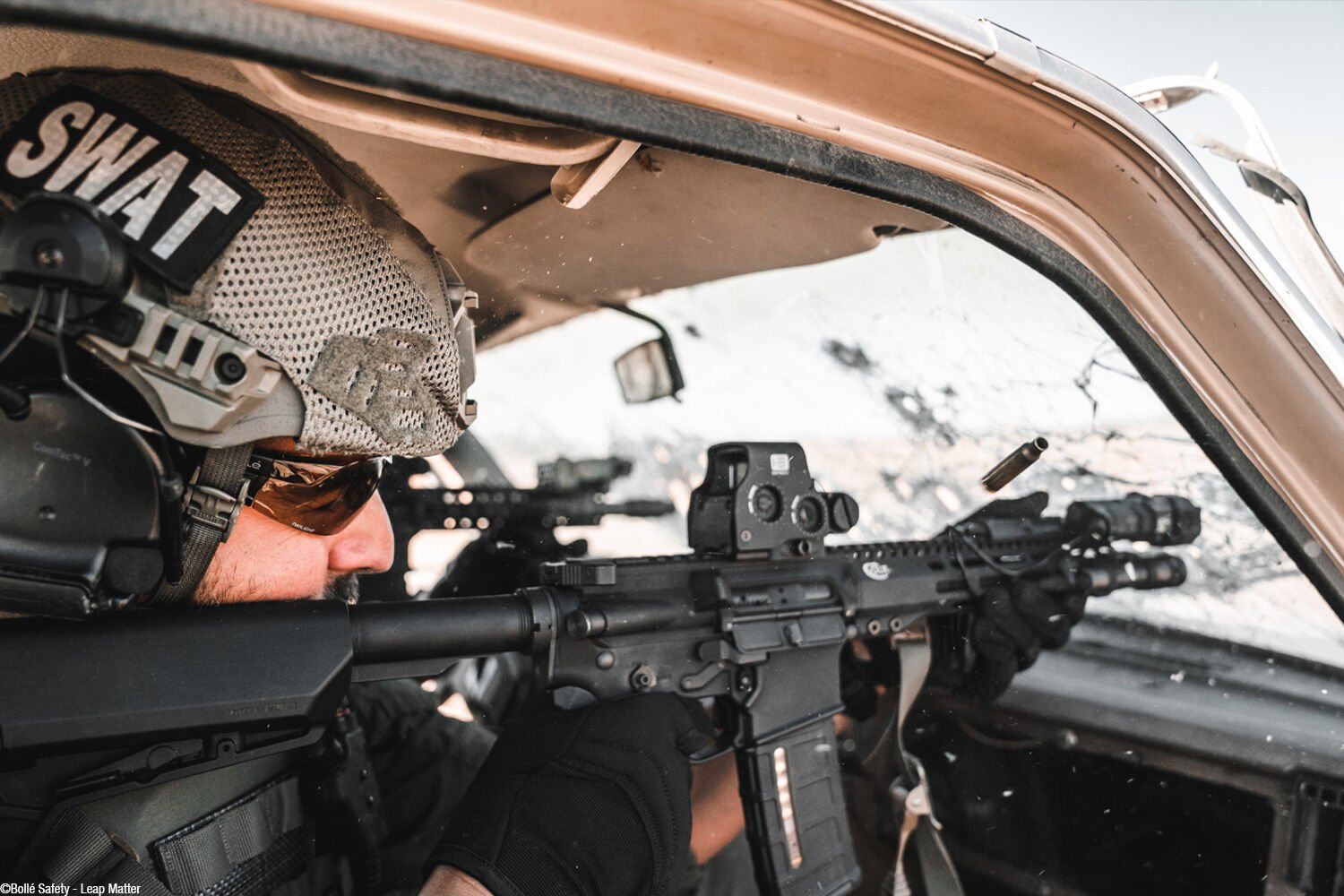
International standards for ballistic eyewear
Ballistic eyewear must carry international safety protection seals of approval, including passing certification standards. While lens performance is important, frames must also be flexible and be able to suffer high-velocity impacts. An uncompromised field-of-view is essential for the soldier’s performance and mission, as well as for the protection of the vulnerable eyes.
Standards exist worldwide that involve strenuously testing and certifying ballistic eyewear to be used in the forces. Eye protection should be chosen that complies with local certifications and can withstand the hazards in the environment.
US Military Standards
Safety eyewear approved by the US Military for active duty use is put on the Authorized Protective Eyewear list (APEL).
US Military-approved eyewear must meet the ballistic protection requirements under the MIL-PRF-31013 standard, for eyeglasses, or the MIL-DTL-43511D standard, for goggles. These standards ensure protection from fragmentation, ultraviolet light, laser hazards, wind, sand, and other eye hazards. The standards of this eyewear can stop a .22 calibre projectile at high-velocity speeds of 640 to 660 feet per second.
NATO-country Standards
Among NATO members, a thirty-country alliance of countries in Europe and North America, there exists the STANAG standards for military procedures and equipment.
STANAG 2920 is the standard for military use and ensures protection from fragments, shrapnel and other eye military eye hazards. This testing technique was originally developed for body armour and now all safety eyewear goes through the same procedures. STANAG 4296 is based on 2920 and protects against bullets fired at a speed of 774 km per hour.
International safety standards ensure optimal protection
Depending on the country and region, occupational eye protection must meet certain standards for optimal protection. These certifications ensure personal protection equipment can counteract common occupational hazards, including from impact, heat, chemicals, diseases and viruses, radiation, and more.
US Standards
The ANSI Z87.1 is the current standard for civilian safety eyewear, which is used in a variety of industries, such as for first-responders, firefighting, and military personnel, and for personal use. Protective eyewear meeting this standard protects against common impact injuries, radiation, liquid splash exposures, dust, and droplets.
European Standards
The EN166 is the European safety eyewear standard. EN166 compliant safety eyewear is vigorously tested and must be resistant to heat, ignition, UV light, and corrosion. They carry four levels of protection from low to high energy impacts and protect against all types of hazards, except for lasers, radiation, and infrared light.
Australian Standards
In Australia, the AS/NZS standards outline minimum requirements for eye protection against flying particles and fragments, molten materials, harmful gases, vapours, aerosols, and dust. Similar to the European standard, there are requirements for low, medium, high, and very high impact resistance.
Canadian Standards
Protective safety eyewear in Canada must meet the Canadian Standards Association
(CSA) requirements, specifically standard Z94.3. Eyewear must be made of an approved material and be able to resist the impact from a 6.4 mm steel ball traveling at
46.5m/s. CSA approved eyeglasses protect against flying objects and particles, chemical splashes, UV and infrared radiation, and molten metal.
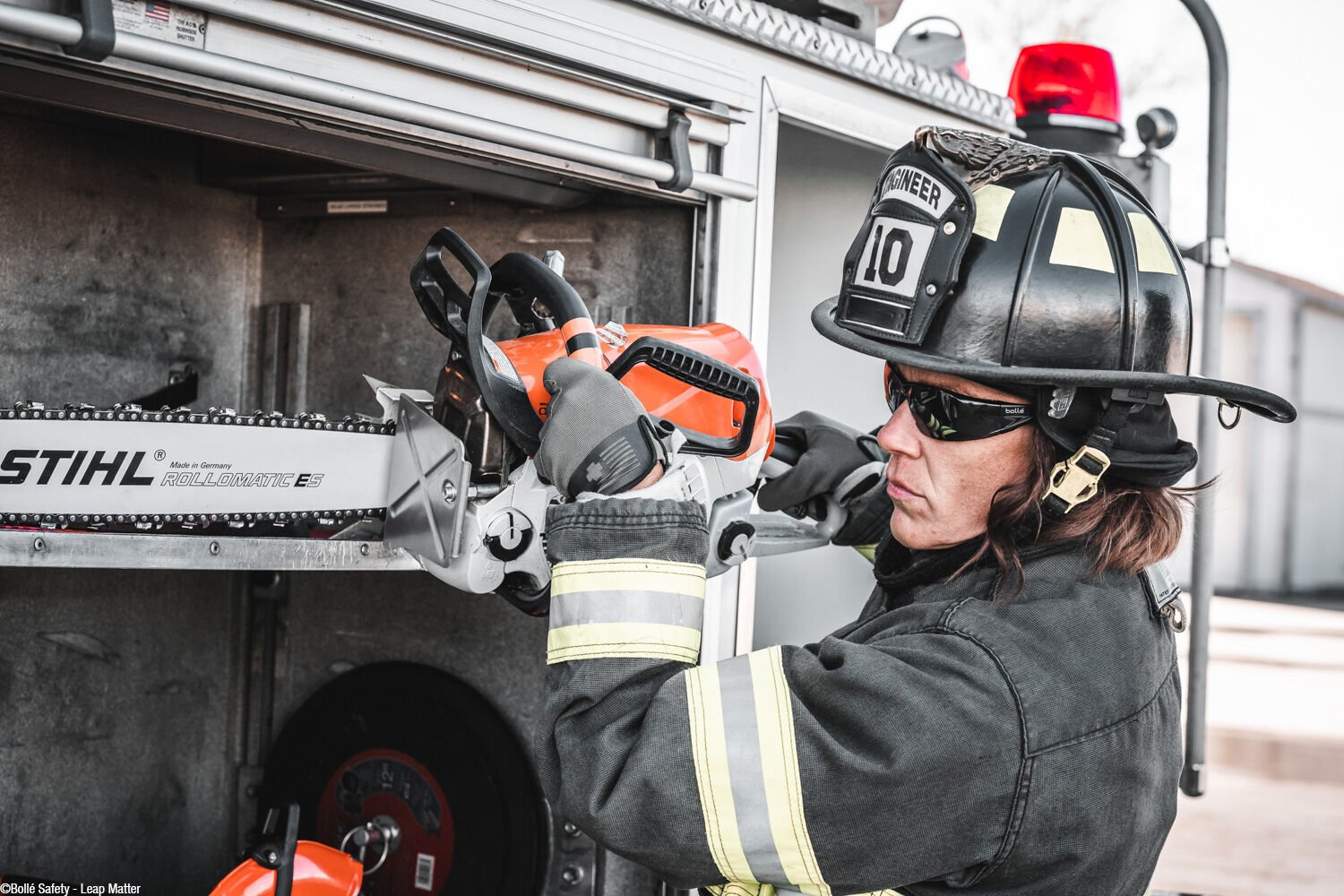
Importance of prevention
The vision is the most critical of the five senses, especially in combat conditions and should be protected with suitable equipment. Depending on the area of the duty, military-graded eyewear protects servicemen's vision and ensures the success of their mission.
